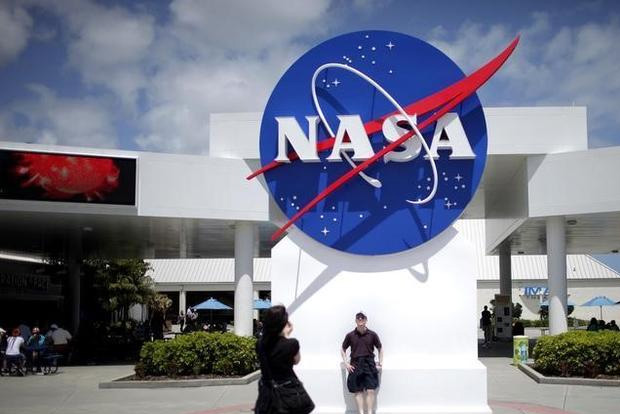Begin typing your search...
NASA seeks creative proposals to bring Artemis missions to viewers
NASA is seeking partnerships with entities such as broadcasters and studios to help the agency tell the story of human exploration at the Moon with the Artemis programme in ways that engage, excite, and inspire a worldwide audience.

Washington
The US space agency on Thursday said it welcomes responses from broadcasters, studios, aerospace industry, academic institutions, non-profit organisations, or collaborations between multiple such entities for creative proposals to help acquire or use NASA's live or recorded imagery to help tell the story of exploring the Earth's lunar region.
Through the end of this decade, NASA will explore more of the lunar surface than ever before and will establish a sustainable human presence with Artemis in preparation for future human missions to Mars.
The agency has released an Announcement for Proposals calling for submissions of potential partnerships to visually bring the public along for the ride in new ways, starting as early as a trip around the Moon with astronauts on the Artemis II mission, targeted for 2023.
Proposals are due by December 11, 2020, NASA said.
"We're looking for partners to use advanced technologies, imagery applications and approaches that will go beyond our standard coverage on NASA TV," NASA Administrator Jim Bridenstine said in a statement.
"We want to capture the awe of Apollo for a new generation -- the Artemis Generation. Just as people were glued to the TV 50 years ago as astronauts took the first steps on the Moon, we want to bring people along in this new era of exploration."
Spacecraft are routinely outfitted with NASA cameras for technical and operational support, such as inspecting solar arrays, and footage from these cameras typically is used to supplement mission coverage on NASA Television.
This announcement primarily focuses on proposals that include potential innovative technologies or hardware, such as cameras or other equipment that a partner might fly on the mission to augment existing NASA imagery.
Examples could include hardware such as 360-degree field-of-view camera systems, virtual reality, and advanced imagery compression to improve image quality over limited bandwidth communication links.
They could also be unique storytelling and distribution methods, 4K and Ultra HD camera systems, robotic "third-person" views, crew handheld camera systems, image stabilisation, small portable cameras, or other concepts that provide more engaging imagery or deliver a custom viewer experience.
NASA's Artemis I mission is an uncrewed flight test that will launch Orion on the agency's Space Launch System rocket to orbit the Moon and return to Earth.
On Artemis II, Orion will carry a crew of astronauts around the Moon and back, and Artemis III will land the first woman and next man on the lunar surface by 2024.
Subsequent missions will explore more of the Moon and test the technologies and procedures needed for human exploration of Mars.
Visit news.dtnext.in to explore our interactive epaper!
Download the DT Next app for more exciting features!
Click here for iOS
Click here for Android
Next Story



